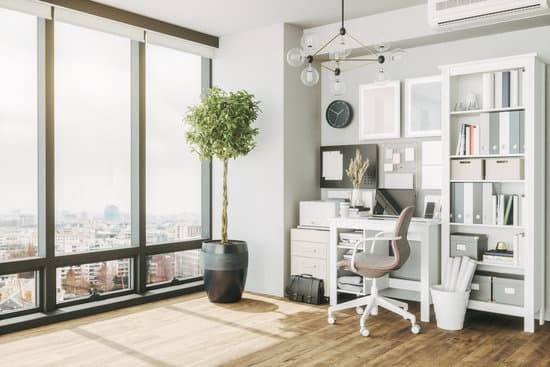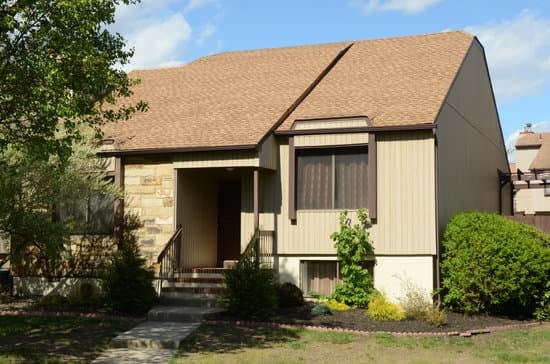The lifespan of different flooring types
When you’re choosing new flooring for your home, you want to pick a style that looks great and matches your aesthetic preferences. But one other factor you should consider is how long that flooring will last. Different flooring materials have varying lifespans, with carpet lasting about 10 years on average, while other varieties like wood, tile, and laminate can last for as long as 25-30 years. Of course, the exact lifespan of your flooring will depend on many factors, including how well you maintain it, how much foot traffic it experiences, and how well it was installed.The damage that impacts flooring
Over time, all types of flooring can be damaged in different ways. Understanding these types of impacts will help you know when it’s time to replace your flooring. For example, carpet can wear down from foot traffic and stains, and even develop mold or mildew if left wet for too long. Hardwood floors might develop scratches, dull spots, or even warped planks due to moisture exposure. Laminate flooring can chip or crack if something heavy is dropped on it. Tile floors can develop cracks or chips if something heavy is dropped on them.Common causes of damage to flooring
Understanding the most common causes of damage will help you prevent it or at least minimize it. Foot traffic is one of the most common causes of damage to flooring, especially in high-traffic areas like entryways and hallways. Water damage can occur from both sources of water inside the home (such as leaks) or outside the home (such as flooding). The use of improper cleaning tools or substances can also cause damage to your flooring, such as using highly acidic cleaners on marble floors. Examples of common causes of damage to flooring:- Heavy foot traffic
- Water damage
- Use of improper cleaners
- Dragging heavy furniture or items across the flooring
Signs it’s time to replace flooring
When your flooring has reached the end of its natural lifespan, there will be tell-tale signs that it’s time to replace it. For example, carpet fibers will be worn down, and it may have stains that cannot be removed. Hardwood floors may be warped or have deep scratches that cannot be fixed with refinishing. Laminate flooring may have chips or cracks that can’t be repaired. Tile floors may have a significant number of cracks or other damage that makes it look unsightly. Signs it’s time to replace your flooring:- Stains that can’t be removed
- Chips or cracks that cannot be repaired
- Warped or deeply scratched planks
- Uneven surfaces or significant wear and tear
Choosing the right flooring for your needs
When you’re in the market for new flooring, it’s essential to select the right type of material for your needs. Consider your budget, installation requirements, and maintenance needs when making your decision. Hardwood floors give an elegant and timeless look to your home, but they require regular maintenance and may not be the best choice for high-traffic areas. Carpet is soft and plush underfoot but may pose problems for those with allergies or asthma. Laminate flooring is durable and low-maintenance but may not have the same level of luxury as hardwood floors. Factors to consider when choosing a new flooring material:- Budget
- Maintenance needs
- Installation requirements
- Appearance and style
How to maintain flooring to improve its lifespan
Taking proper care of your flooring is one of the simplest ways to extend its lifespan. This means regularly cleaning it to remove dust, debris, and other particles that can scratch or damage the surface. Refrain from using harsh cleaners or abrasive tools that can wear down or scratch the material. Additionally, try to minimize the amount of foot traffic or sunlight that hits your floors to reduce the amount of wear and tear they experience. Ways to maintain the longevity of your flooring:- Regular cleaning
- Minimizing foot traffic
- Reducing exposure to direct sunlight
- Removing shoes before walking on it





















